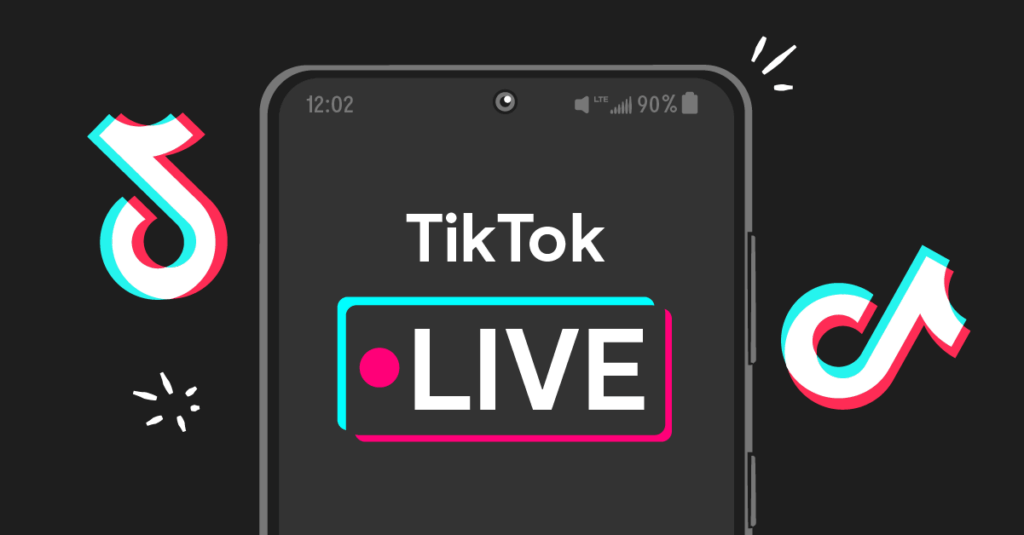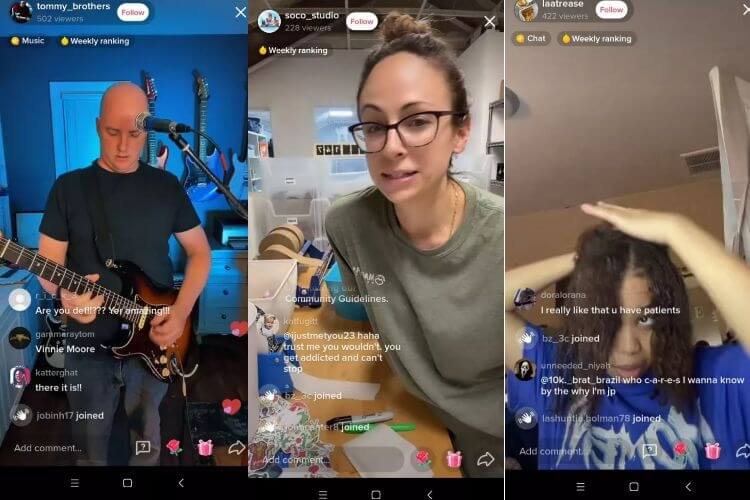Online shopping has become an everyday part of our lives. With the rise of the e-commerce industry, creating an effective product listing has become a common challenge for many. This article explores this issue in depth, so let's dive in.
As the saying goes: "The first step is always the hardest." But in e-commerce, it's not just the first step that's tough — it’s hard at the beginning, in the middle, and at the end. Difficulty runs throughout the entire lifecycle of e-commerce operations. Whether you're an experienced e-commerce veteran with five or six years under your belt or a newbie with just two or three years of experience, everyone has their own struggles and concerns. The word "difficult" sums it up perfectly.

So, which task in e-commerce operations is the hardest? There are different answers at different stages. Beginners might find platform rules difficult, feeling lost and unsure of where to draw the line. "Why is it that when others do it this way, everything works out fine, but when I do the same thing, my promotions get restricted?"
For experienced operators, it’s often the lack of resources that is the most challenging. You may have the e-commerce skills, but without quality products to showcase, there's no way to leverage those skills. Personally, I also find this hard. When I see that my daily sales are less than two million (just over 30,000), I get worried, wondering when I'll ever make it to the top 1.
Some are happy, while others are not. From my current experience, the most challenging aspects of e-commerce operations are: low exposure, low click-through rates, and low conversion rates.
1. E-commerce Operations Difficulty Rank No. 3: Low Exposure
I often see people in e-commerce groups saying, "I’ve been running my promotion for a while, but why is there no exposure?" "With my current click-through and conversion rates, if the platform gives me exposure, I’ll definitely take off."
Let me give you a piece of advice: this is an illusion. I’ve encountered similar promotions where the click-through and conversion rates were over 10%, but there was still no exposure.
At first, I thought it was an issue with the bidding, but later I realized it was actually the product link itself. The high click-through and conversion rates were a result of the platform recommending the link to highly relevant users, which made the data look impressive. The system would then increase traffic, showing the link to more users. However, at that point, the conversion rate would start to drop drastically, and the system would think that the link couldn’t handle such a large user pool, so it would keep limiting exposure to a smaller audience.
The result: good click-through and conversion data, but the exposure doesn’t improve. So, what should you do in this situation? Raising the bid is one option — but only if you’re not losing money. However, this only addresses the symptom and not the root cause. If the basic data of the link is flawed, even lowering the price won’t help.
The best solution is to lower the price to improve the link’s conversion rate. I once had a link that wasn’t getting any exposure despite selling for over 50 yuan. When I lowered the price to just over 30 yuan, the exposure immediately took off. Buyers are that pragmatic and rational. They won't go for a high price, but if the price is low, they'll keep browsing the livestreams.
2. E-commerce Operations Difficulty Rank No. 2: Low Click-Through Rate
Trust me, if your product’s main image has a high click-through rate, your exposure will not be low. But how do you create a high-click main image? This is indeed a tough challenge. It’s very unpredictable. Many times, I think a certain main image is quite good, but the click-through rate ends up being unimpressive. Conversely, a main image that I find less appealing may perform surprisingly well.
I once looked at a competitor's main image that had a stable click-through rate of over 10% for a long time. I downloaded the image and scrutinized it from every angle, but I couldn't see what was so appealing about it. The background was cluttered, the product wasn’t big enough, and there was a lot of text. If I had to rate it, I’d give it 2.5 out of 5.
But it worked. Users clicked. Where was the appeal? To this day, I still haven’t figured it out. This shows that high click-through rates for main images are not determined by human will. The key is testing a lot.
So, if you want to create high-click main images, there are two paths. One is to follow a structured image-testing process, which can be tedious and time-consuming, and still somewhat unpredictable. The other is to rely on years of e-commerce experience to design images that have relatively good data.
Experienced e-commerce operators are often more precise with their main images than beginners. But achieving a 100% high-click image is impossible.
Main image click-through rates are driven by experience, which gives it a mystical feel and a large degree of unpredictability. Therefore, achieving high click-through rates is particularly challenging. Unlike low exposure, which can be solved by spending more or lowering prices, click-through rates can't be bought. Anything money can't solve is never a small problem.
3. E-commerce Operations Difficulty Rank No. 1: Low Conversion Rate
Some might say that driving traffic is tough, which is understandable if you're running a Taobao store, but if you're running a Pinduoduo store, you can't say that. Pinduoduo’s traffic-driving tool is the simplest in the industry, simple enough that even a retired grandfather could use it. The key is calculating the right ROI and setting the proper price. What’s so difficult about that? Customizing is the real challenge.
When the traffic in your ad campaign is low, and you’re not getting any organic sales, the problem ultimately lies with conversion. Even if your main image’s click-through rate is low, it doesn’t matter. If your conversion rate is high, the platform will continue to provide traffic.
So how do you improve the conversion rate? It’s hard, because there are too many factors involved, such as the main image, product details, SKUs, reviews, sales volume, competitors, user targeting, customer service, etc. To really improve conversion, you need to optimize every step. It's not as simple as optimizing just the main image.
In most of the projects I’ve helped run, nine out of ten were stuck at the conversion rate stage. Everyone knows how to create high-click main images and how to run traffic-driving campaigns, but when it comes to conversion, no matter how much we talk about it, it’s hard to grasp.
Take reviews, for example. Many e-commerce operators don’t fully understand their importance. They may think they’re optional or not that critical. The truth is, without reviews, your conversion rate will be extremely low.
I’ve often told e-commerce operators that if your product doesn’t have reviews and sales, don’t even start driving traffic. You’ll just waste money and provide the system with bad data. If you’re planning to run ads, make sure your product page is fully optimized first. But what exactly does "fully optimized" mean? That’s a question with no clear answer.
As mentioned earlier, the more ambiguous the situation, the harder it is to tackle. When it comes to SKU layout, what does "optimized" really mean? Prices and names may be similar, but the effect will still vary slightly. Even the smallest difference can create a big impact, resulting in performance disparities.
If your SKU performance is 0.1% lower than a competitor’s, the main image is 0.2% lower, product details are 0.5% lower, reviews are 1% lower, all these small differences add up. The result is a performance that's 5-6% worse than your competitor's. Such a large gap will be obvious to the system, and the competitor will get 10,000 traffic impressions, while you only get 1,000.
So when trying to improve conversion rates, don’t expect any one aspect to improve by 1-2%. The right approach is to improve every single step by a fraction, continuously optimizing. Over time, you’ll start seeing improvements in your ad campaign’s performance.
I’ve managed to rescue many campaigns with poor data by making small optimizations here and there.
Conclusion
E-commerce operations are filled with obstacles. Sometimes, even a small change in platform rules can lead to huge fluctuations in traffic. There’s never a break, and e-commerce operations are always a journey of leveling up, with challenges accompanying you every step of the way.
But remember the essence of operations: when faced with a problem, solve it. If you can solve the problem, congratulations — you've passed the level. If you can’t, there’s only one outcome: being eliminated.



